Do applicants have a better chance of getting accepted if they apply early? Let’s dig into the data and see what the admission trends of the past application cycles tell us.
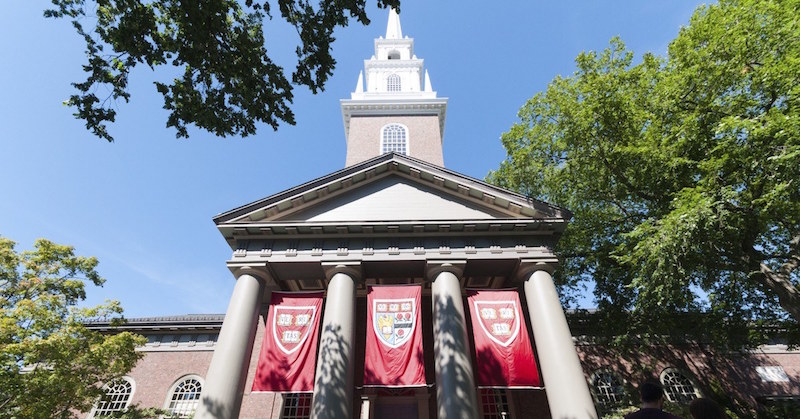
Universities make it clear to applicants that applying early does not give you an automatic advantage. For example, on Yale and Brown’s early admission pages, they state that early applicants are evaluated the same way as a regular decision applicants. However, many admissions consultants beg to differ. And, there’s a reason why.
Early vs. Regular Admissions Statistics
Take the 2015-2016 college application results for example. Just look at the acceptance rates of early vs. regular admissions at the Ivy League universities.
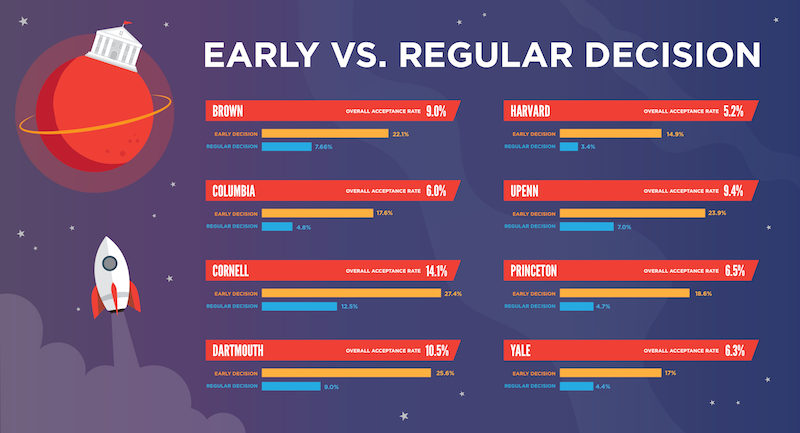
Brown accepted 22.1% of the students who applied early, but only accepted 7.66% of the regular applicant pool. While Dartmouth accepted 25.6% of early applicants and only took 9% of those who applied a few months later. Looking at these numbers alone is convincing enough for hopeful students to believe that applying early will give you a better chance of success.
While the drastic difference is certainly noteworthy, it’s also important to look at what these percentages really mean. One of the reasons the percentage difference is so large is simply due to the increase of people who apply during regular decision. Harvard, UPenn, Yale and Princeton received close to 6 times the number of applications during regular decision, and Cornell, Dartmouth, Brown and Columbia actually see close to 10 times the number of applications.
Secondly, every university has a number of seats to fill every incoming class. Dartmouth College is the smallest of the Ivy Leagues and expects a class of 1,100 students, while Cornell University, the largest school of the group, enrolls about 3,200 students every year. So, the acceptance rates really comes down to each university’s historic yield percentages (of the students who get accepted, how many eventually enroll) and how many applications they can accept early vs. regular decision.
Based on the total number of applications that were accepted, even at the lowest, Cornell University accepts 20% of those applications early; at the highest, 50% of accepted applications were submitted early to Harvard. And this is a consistent trend, as the percentages only fluctuate 1-2% every application class. The percentages are high and for good reason. Brown, Columbia, Dartmouth and UPenn offer the Early Decision program, which is binding for students who get accepted. This helps universities guarantee 40-50% of enrolled students per class.
So does that mean you have a better chance of getting accepted if you apply early? You’re competing with a smaller applicant pool, and each college is accepting at least 20% of them, so you do the math.
Early vs. Regular Applicant Evaluation
Though statistically, there’s seems to be a higher success rate for students to apply early, it’s not as easy as submitting your applications 2 months earlier than the majority of applicants. The Harvard Crimson surveyed the Class of 2019 and reported that the average SAT score for early applicants was 2239, while the average SAT score for regular applicants was 52 points lower.
Universities don’t share the breakdown scores of early versus regular accepted applicants, so it’s not certain that there’s a higher standard for those who apply early. After all, each applicant is more than just their test scores, and there’s a full application to review. It could also be a chicken-and-egg situation, where only applicants who are really confident about their SAT/ACT and test scores find the courage to apply early.
Additionally, early applicants are mostly evaluated based on their junior year GPA, usually accompanied by a progress report from the fall semester of senior year. While students who apply regular decision will have an additional semester of work that will be taken into account.
Future College Applicants
This current application season is seeing a huge increase in number of applicants across many of the top U.S. universities. In fact, the number of early applicants increased across all the Ivy League universities.
The largest jump came from Princeton University, which reported a 18% increase from the class of 2020. Here’s a breakdown of the early admission results of Ivy League universities:
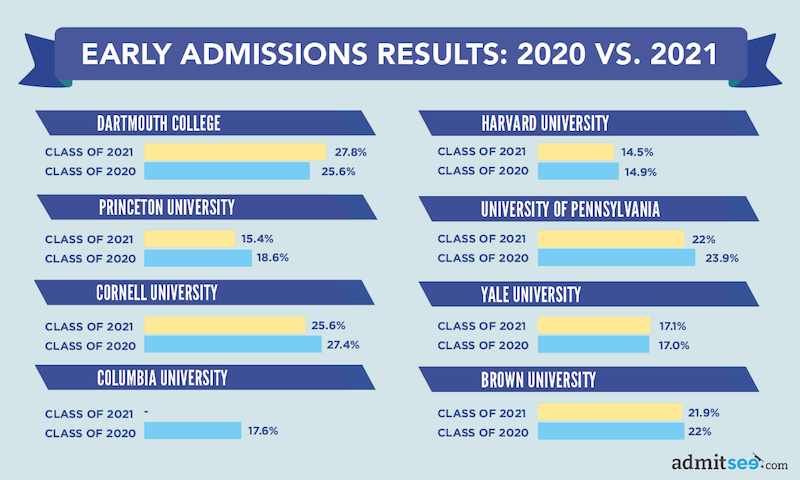
The increase in applications didn’t have much affect on the early acceptance rates at Brown, Yale or Harvard. It did drop close to 2% at UPenn and Cornell, and over 3% at Princeton. Dartmouth is the only college with a rise in acceptance rate by 2.2%, even with a slight increase in applications. (Note: Columbia University’s early acceptance rate was not disclosed.)
The regular decision applications are no different. Harvard saw a 4.6% increase in number of applications received, hitting an all-time high record of 39,494 applications. Harvard is not the only Ivy League to see such a sharp increase: Yale had a 5% increase with 32,891 applications and UPenn received over 40,000 applications for the first time.
Everyone knows applying to college is competitive, but things just got that much tougher. Based on the number of applications each university typically receives and the number of applications already accepted early, only 2.7% of the 39,494 applications will receive good news from Harvard, 3.34% from Yale and 6.9% from UPenn.
Number of applications are likely to continue to increase year after year, especially with the rise of international applicants pursuing a U.S. college degrees. This will undoubtedly cause acceptance rates to drop, so how can you beat the odds?
Research your colleges, and find the right fit. Ivy League universities are reputable, but that doesn’t mean any one of them is the best college for you. Even among the Ivies, they all have their own unique qualities and strengths. Brown has an open curriculum, but Columbia is well known for their core curriculum program. Dartmouth is in a rural area, while Princeton is in a suburban neighborhood. The best way to beat the odds is to find the school that best matches your needs, so you can contribute back to their community as well.
And, if you have the grades and commitment, apply early.









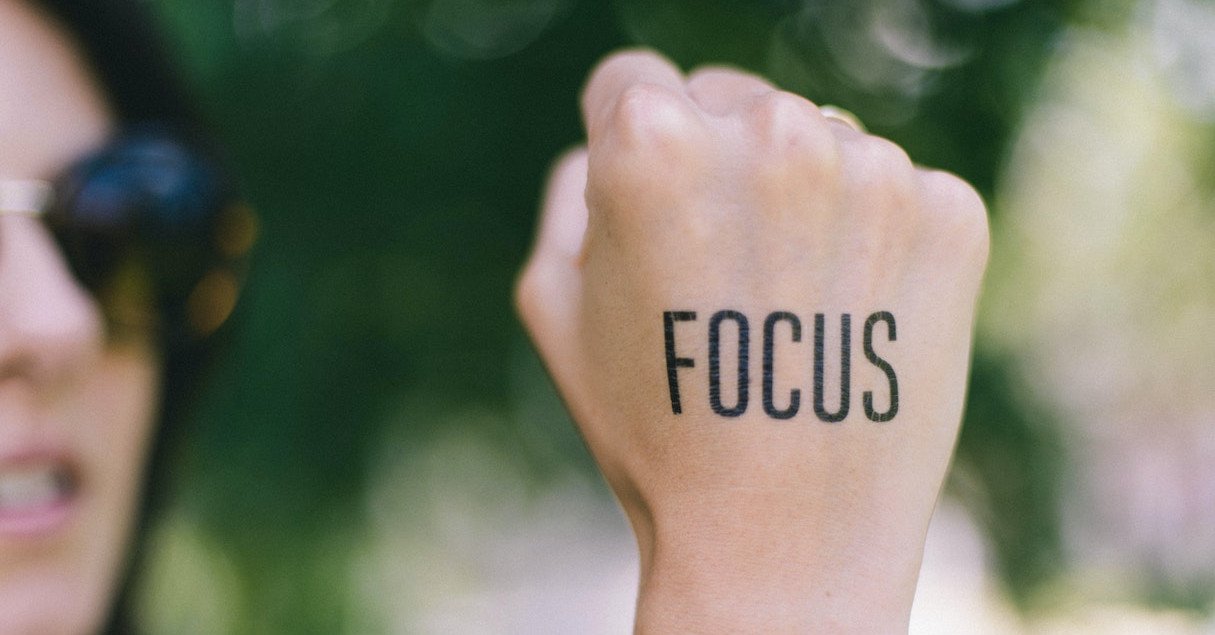



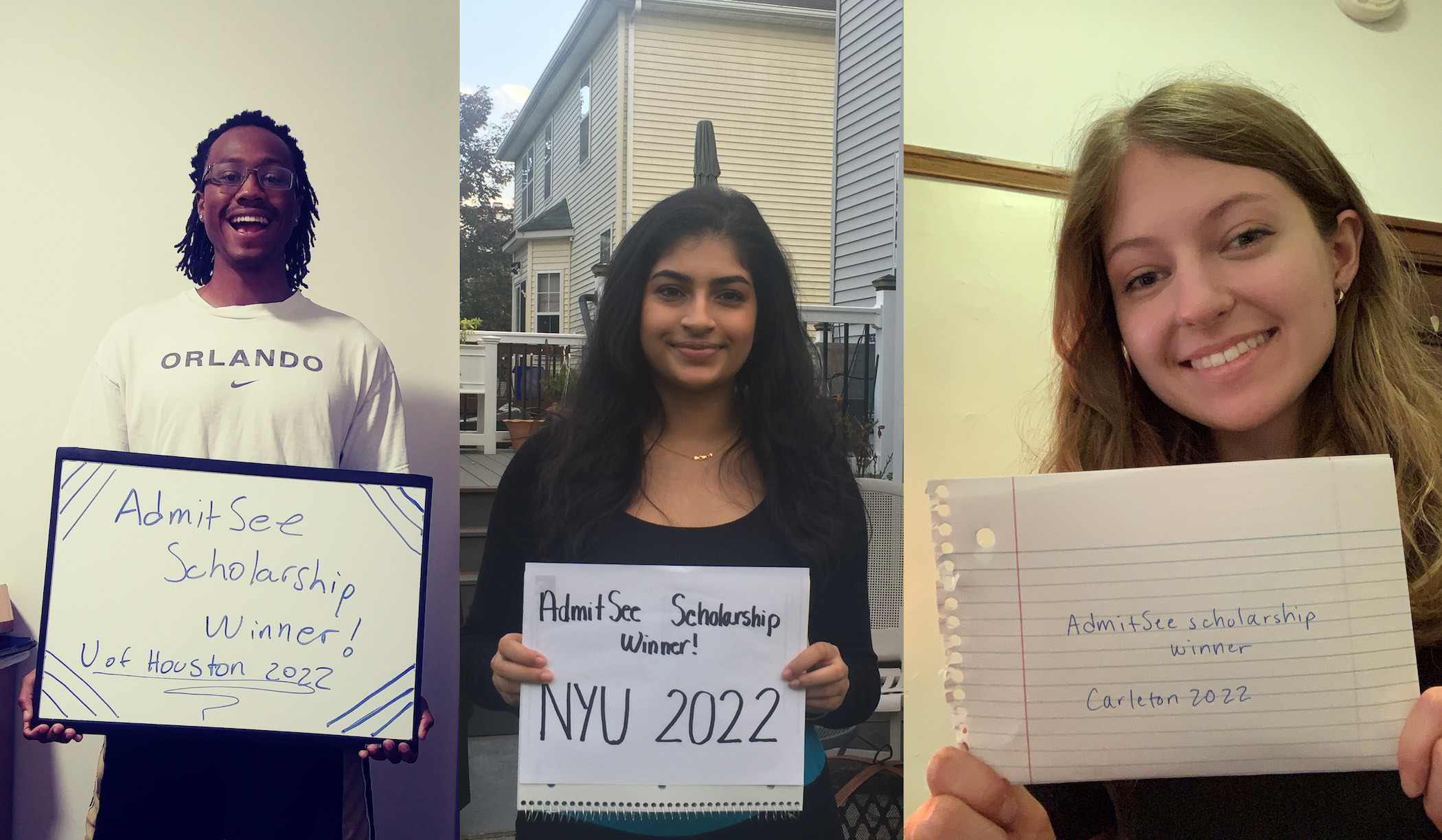
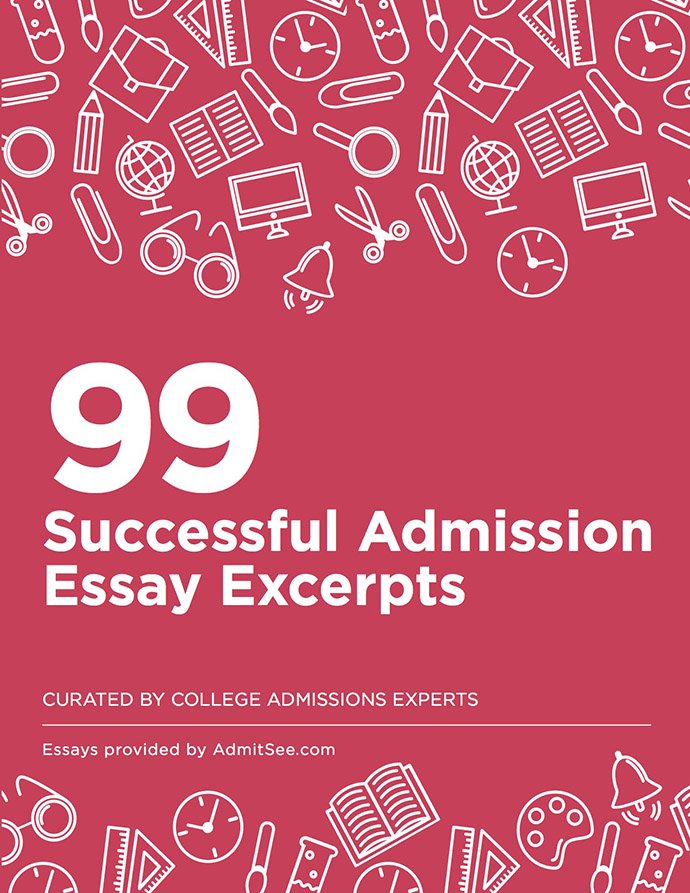
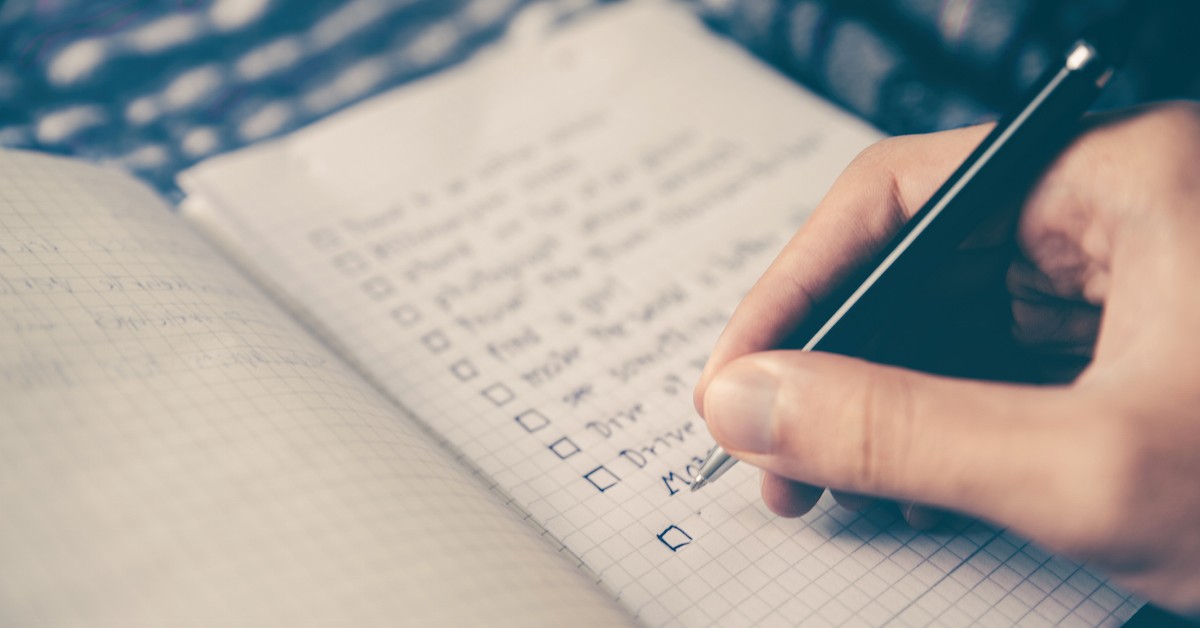
 Back
Back